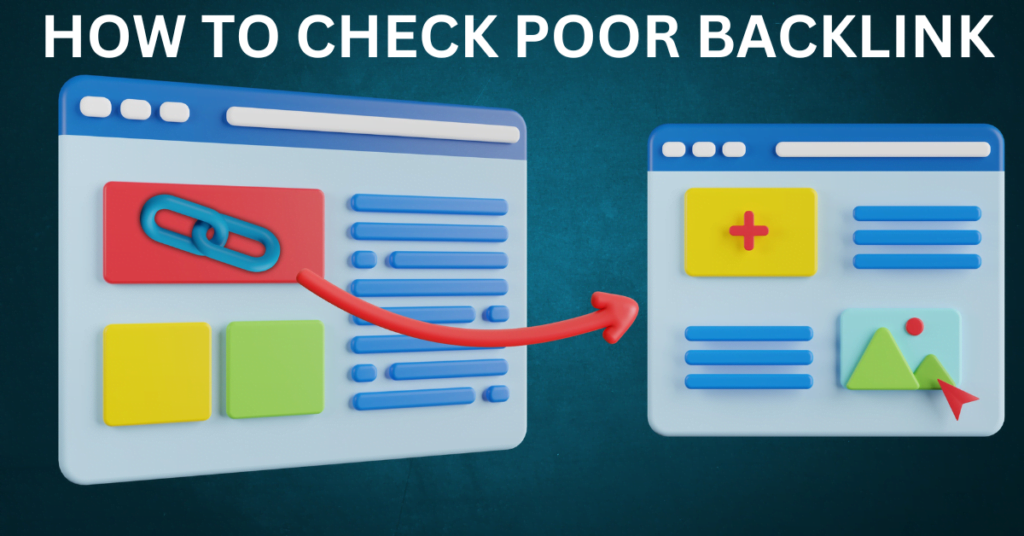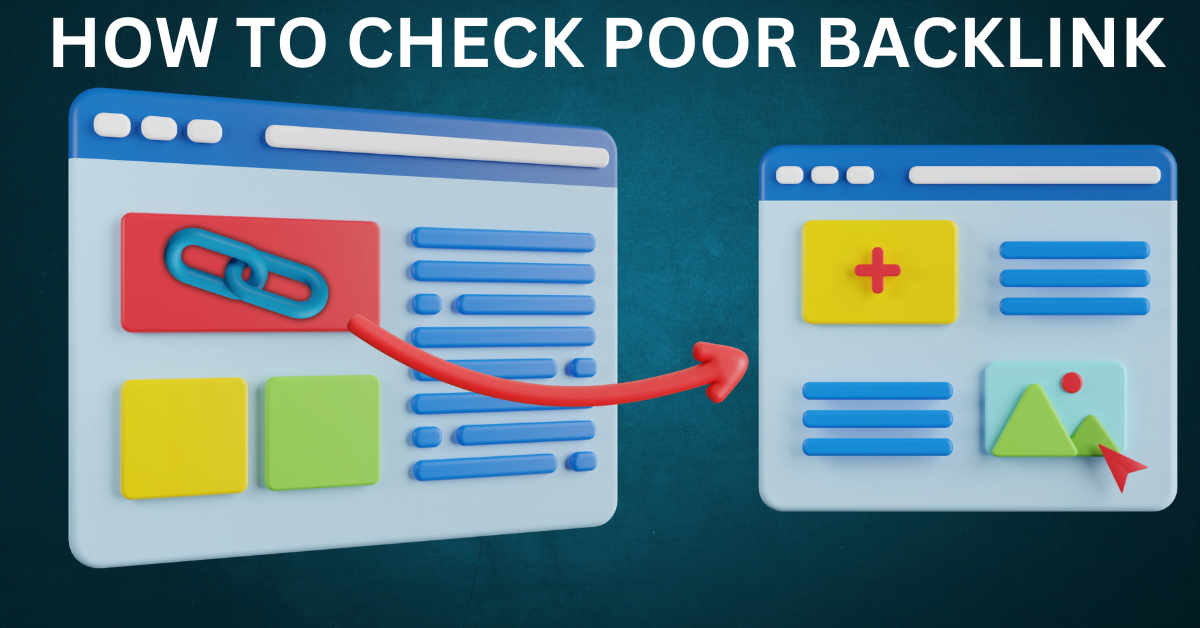In the ever-evolving world of search engine optimization, understanding the significance of backlinks is crucial. Backlinks can either make or break your website’s search engine ranking, making it imperative to monitor and evaluate them. In this comprehensive guide, we will delve into the world of poor backlink checkers and how they can be your secret weapon for improving your online presence.
Table Of Contents
What is a Poor Backlink Checker?
Backlinks, also known as inbound or incoming links, are links from one website to another. They play a pivotal role in search engine rankings, making them a vital component of SEO. A poor backlink checker is a tool designed to analyze and evaluate the quality of backlinks pointing to your website. It helps you identify low-quality, toxic, or spammy backlinks that can negatively impact your site’s ranking.
When it comes to your website’s SEO, not all backlinks are created equal. High-quality backlinks from authoritative websites can boost your rankings, while poor-quality backlinks can lead to penalties from search engines. That’s where a poor backlink checker comes into play.
The Significance of Monitoring Backlinks
Ensuring a Healthy Backlink Profile
A healthy backlink profile consists of high-quality, relevant backlinks from authoritative sources. Monitoring your backlinks regularly helps you maintain a positive profile and improve your website’s SEO performance.
Avoiding Penalties
Search engines like Google have strict guidelines when it comes to backlinks. If your website is associated with spammy or low-quality backlinks, you can face penalties that may lead to a drop in your search rankings. A poor backlink checker helps you identify and disavow these harmful links to avoid such penalties.
Improving User Experience
High-quality backlinks can drive organic traffic to your website, enhancing the user experience and potentially increasing conversion rates. Monitoring your backlinks can help you capitalize on these opportunities.

How to Use a Poor Backlink Checker
Using a poor backlink checker is not as complicated as it might seem. Follow these steps to get started:
- Select a Reliable Tool: Choose a trusted poor backlink checker tool, such as Ahrefs, SEMrush, or Moz.
- Enter Your Website: Input your website’s URL into the tool.
- Analyze Results: The tool will generate a report, listing all the backlinks to your site.
- Identify Poor Backlinks: Look for backlinks from low-quality or irrelevant sources. These are the links you need to focus on.
- Disavow Harmful Links: Most tools allow you to create a disavow file, which you can submit to Google to request the removal of harmful backlinks.
- Monitor Regularly: Make it a routine to check your backlinks and keep your profile clean.
The Benefits of Using a Poor Backlink Checker
Enhanced SEO Performance
By regularly checking and optimizing your backlink profile, you can significantly improve your website’s search engine rankings. Your site is more likely to be viewed as an authority in its niche, boosting its overall performance.
Reduced Risk of Penalties
Proactively managing your backlinks reduces the risk of search engine penalties. It ensures that you stay in the good books of search engines and maintain a strong online presence.
Increased Organic Traffic
A clean and authoritative backlink profile can attract more organic traffic to your website. This can lead to higher engagement, longer time spent on your site, and potentially more conversions.
FAQs
Q. How often should I check my backlinks?
It’s advisable to check your backlinks regularly, at least once a month, to ensure a healthy profile.
Q. Can I remove backlinks manually?
Yes, you can manually contact webmasters to request the removal of backlinks. However, using a disavow file is often more efficient.
Q. Are all no-follow links harmful?
No, not all no-follow links are harmful. They can be useful for referral traffic, but it’s essential to maintain a balance with do-follow links.
Q. What are toxic backlinks?
Toxic backlinks are low-quality links from spammy or irrelevant websites that can harm your SEO.
Backlinks from social media platforms can indirectly impact SEO by driving traffic and improving your online presence.
Q. How can I earn high-quality backlinks?
Create valuable, shareable content, and outreach to authoritative websites in your niche for guest posting and collaborations.
Conclusion
In the world of SEO, maintaining a healthy backlink profile is paramount. A poor backlink checker is a valuable tool that can help you identify and remove harmful backlinks, ultimately improving your website’s search engine ranking and online presence. By regularly monitoring and optimizing your backlinks, you can ensure a positive user experience and enhance your website’s SEO performance.
Remember, the world of backlinks is ever-changing, so stay proactive and keep an eye on your backlink profile to stay ahead in the digital race.
